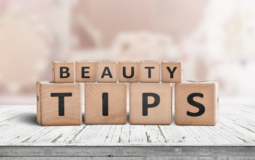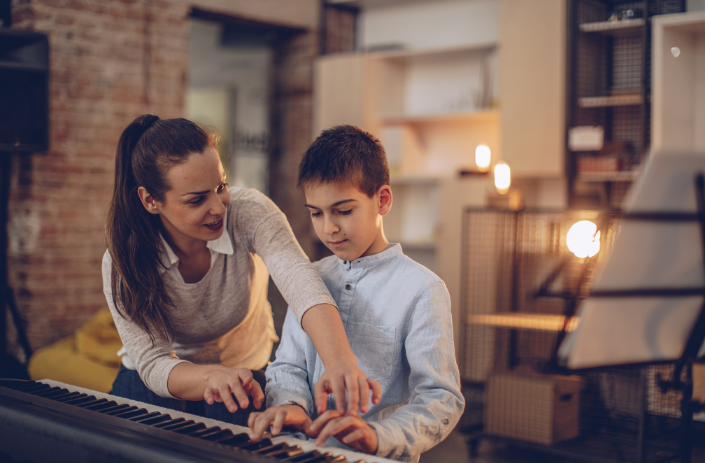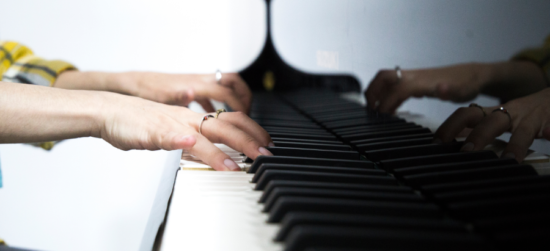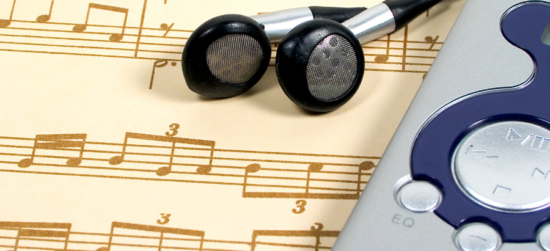The joy of playing piano is inspiring. It can be a hobby or a career. It doesn’t matter why you want to play the piano. You can learn how to play the piano in no time at all. You can learn the basics of chords, keys, and notes of the piano, and you can also practice a lot to become a professional pianist.
Now that you’ve decided to do it all alone, I will show you some basics to keep in mind.
1. For beginners, you can choose between keyboard or piano.
Electronic keyboards are the most cost-effective and economical way to get started. You should have 88 weighted keys on your keyboard. The weighted keys increase hand strength and feel more like an acoustic keyboard. Many electronic keyboards don’t have weighted keys. We recommend that students purchase a keyboard with at most 61 keys if a keyboard with 88 keys is not within their budget.
2. Get familiar with the basics of piano playing:
You can choose between a 61-key digital piano or an 88-key digital piano. For beginners, the 61 keys keyboard will suffice to play most songs. The keys are organized in a 12-note pattern across the whole piano key layout. Natural piano keys are white because they produce a natural note when they are pressed. Black piano keys, also known as accidentals, make a sharp note or a flat note when they are pressed. The keyboard has seven naturals, namely C-D–E-F–G-A–B.
3. Learning the major chords and keys of the guitar
Playing and learning the tones is the best way to start. Listen to the tones and you will be able to distinguish between the flat tones (left-hand black keys), sharp keys (right black keys), middle tones, high tones and low tones. It is important to learn the 8 major keys in order to recognize the sounds they create. Songs are often composed of variations of chords, and the chords are made up of the same notes. The first step in identifying a song is to identify these notes. For starters, it is important to get familiar with the basic chords, their location on the keyboard, and its sound.
4. Take note of the patterns
Every song is composed of musical patterns. The rhythm or beat of a song is a series of repeated chords. It is easier to learn the patterns you hear and play the song you hear. You will be able to identify which chords can be combined with other chords.
5. Mastering finger placement
To really play, you must know which fingers to use to play the keys. Follow the numbering pattern in any instructional video, book. You can learn how to place your fingers with practice.
6. You can use a variety of instructional books and the internet.
You can use online websites like You-tube and instructional books to help you learn to read and play basic chord progressions and songs.
7. The key to success is practice
To improve your sight reading, fingering, and playing, you can use sheet music. Practice about three to four times per week for approximately half an hour. You shouldn’t start the next lesson until the previous one is complete. Listen to songs. You can then practice humming the songs and see if your keyboard or piano can reproduce it. You can also choose a song you like and use the techniques you have learned to try playing it by ear. You need to practice a lot in order to become a proficient pianist. At least three times per week is the minimum amount of practice you should do.
8. You can also find tutors online, last but not least
Online lessons are an option for those who don’t want to pay for the expensive tuition. This would prevent you from falling into bad habits that are hard to break.
Before you start:
Learning to read music is the only way to learn how to play a piano
It’s not all about placing fingers.
Practice a single song over and over
So what are you waiting for? Get out your piano and start having fun!








